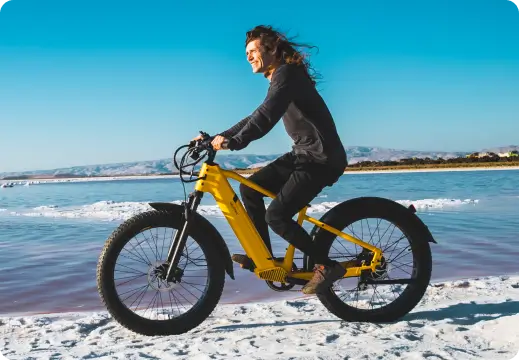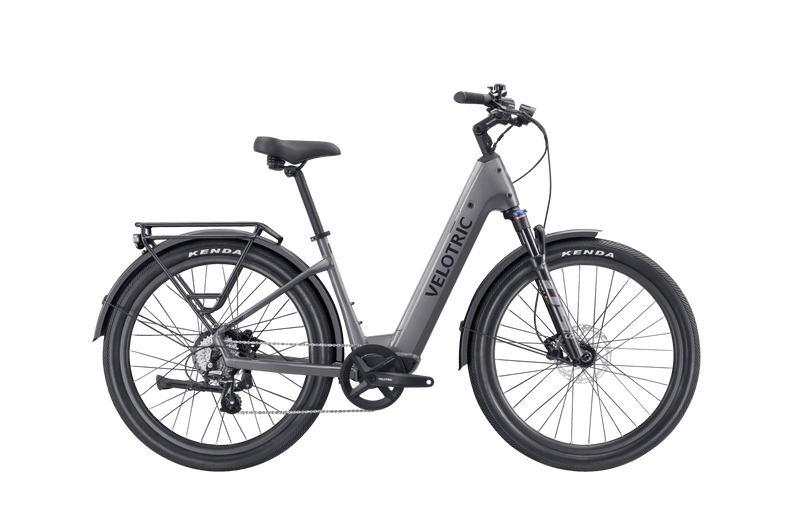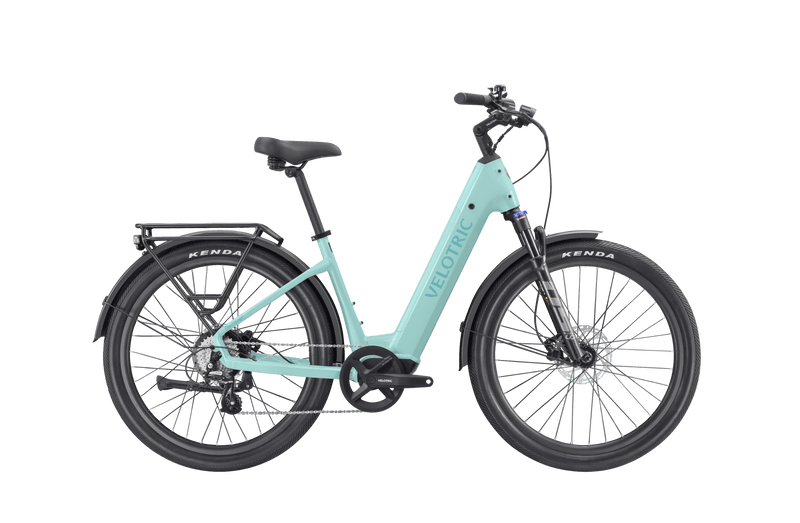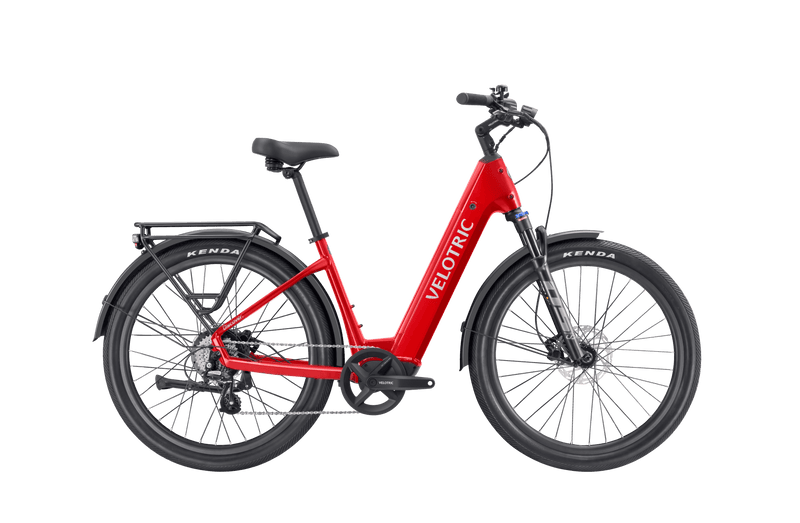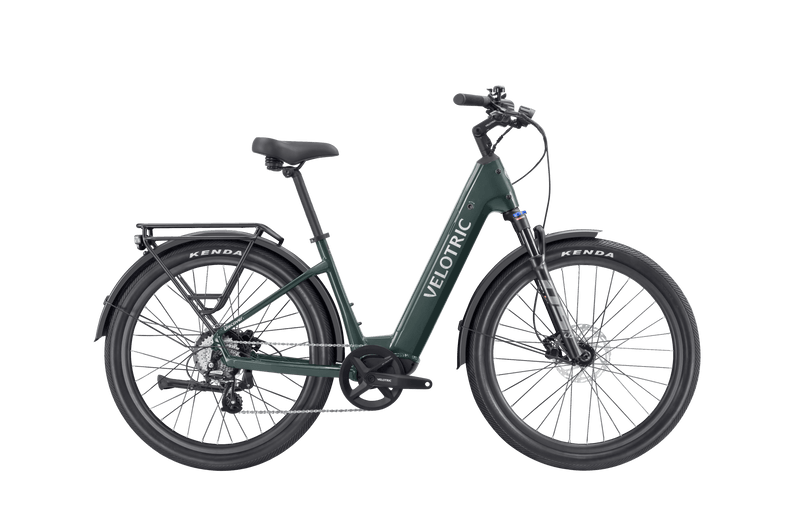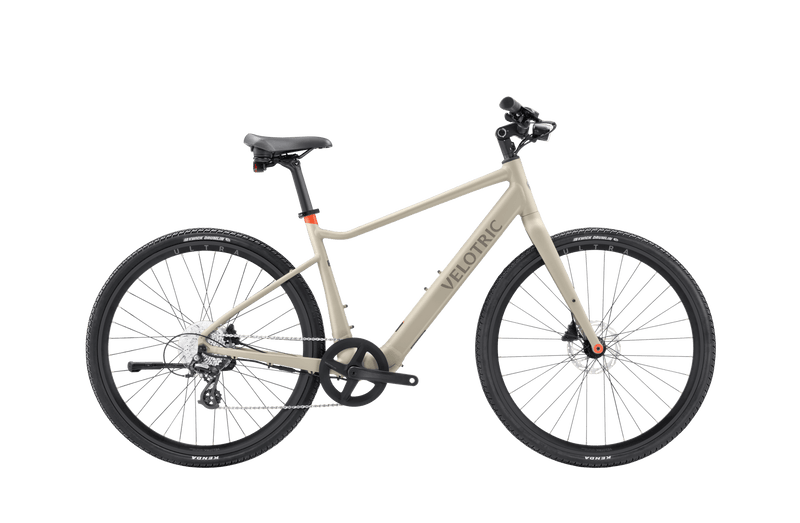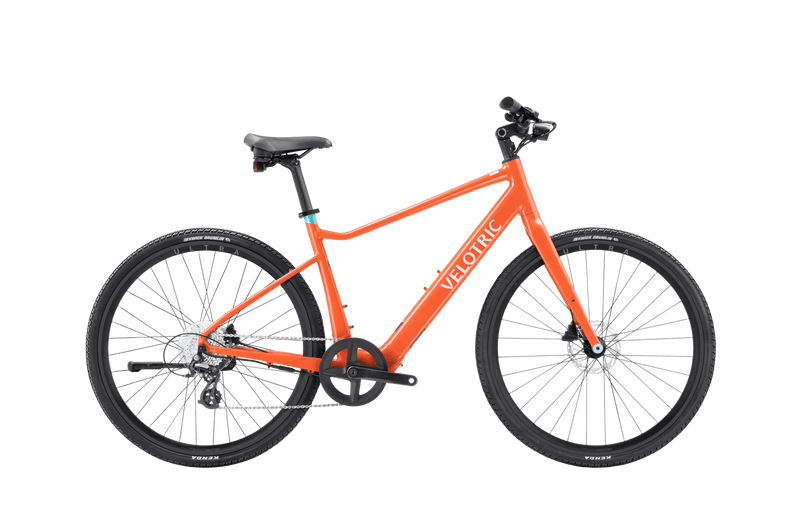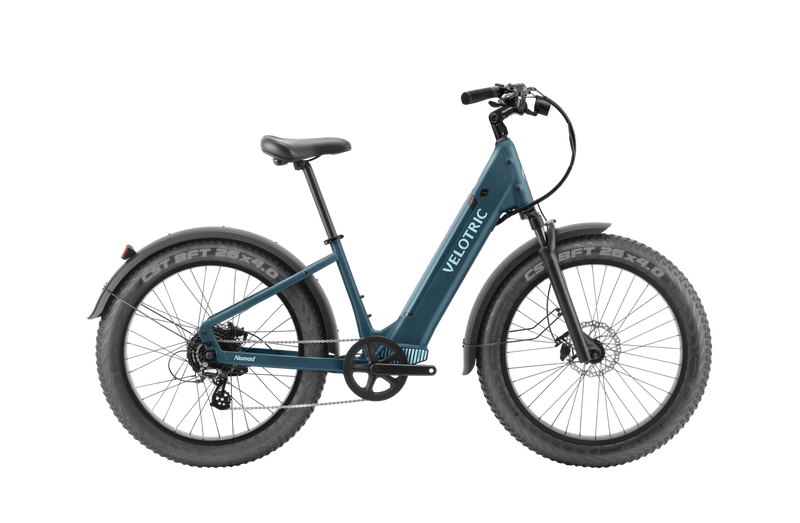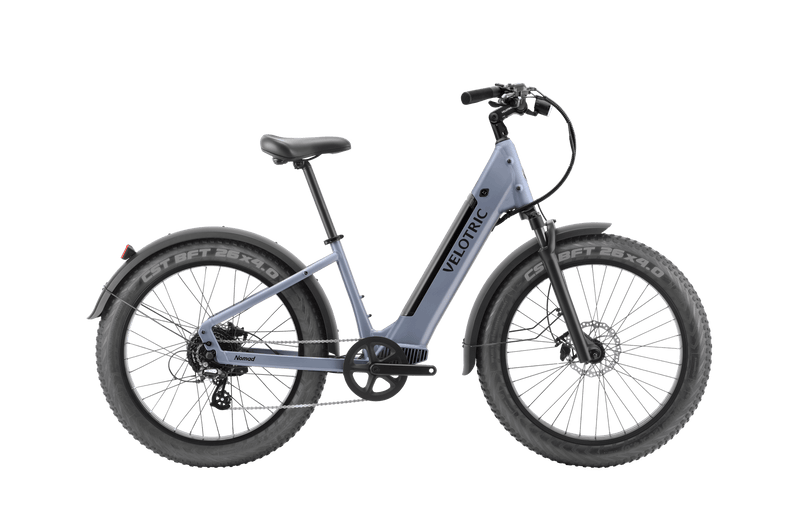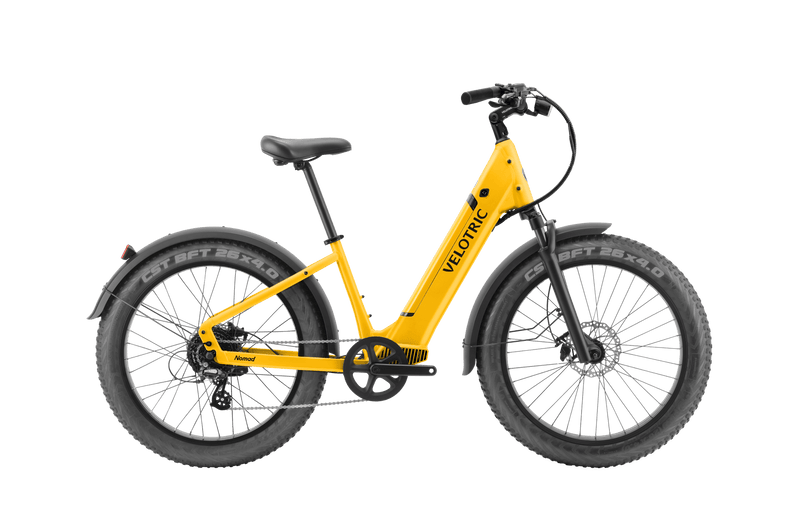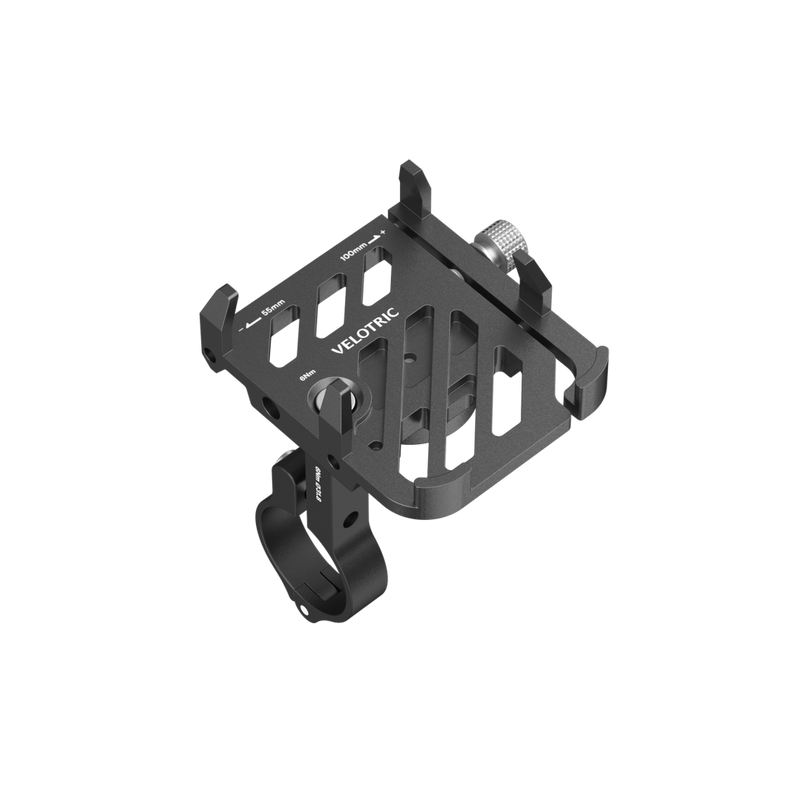There are several good reasons that e-bikes are exploding in popularity. Electric bikes are an awesome way to get from point A to point B, whether you’re a fitness fanatic, thrill-seeker, or nature lover. Motorized bicycles can even be life-changing mobility devices for people with physical disabilities who want to get back on the trails.
An e-bike has an electric motor that helps propel your bike forward and lets you go farther and faster without worrying about arriving at your destination exhausted and drenched in sweat. As a bonus, e-bikes can save you money on gas.
Virginia has many scenic areas that are great for bicyclists. But before you take yours for a spin down your favorite beach, trail, or roadway, it’s important to get updated on the laws there. Keep reading for a guide on Virginia e-bike laws.
What’s legally considered an e-bike in Virginia?
So, what is an e-bike? States have their own laws as to what constitutes one.
In Virginia, an e-bike (electric power-assisted bicycle) has three wheels or less, a seat, pedals, and an electric motor with up to 750 watts of power. There must be an easily visible label from the manufacturer with a classification number, an assisted top speed, and how much power (in watts) the engine has.
Like human-power bicycles, e-bikes must follow building requirements from the U.S. Consumer Product Safety Commission (CPSC). They must have a mechanism that stops the motor from working when the cyclist quits pedaling or if the cyclist uses the brakes.
Most e-bikes will stop helping you peddle when you reach about 20 miles per hour (mph), but some can help you up to 28 mph — but no more. It’s illegal to alter an e-bike motor to make it go faster mechanically.
E-bike laws in Virginia
Even though e-bikes have low-speed motors, Virginia law treats them more like bicycles than motor vehicles. That means most laws that apply to bicycles also apply to e-bikes, but there are many exceptions.
The next few sections explain e-bike laws in Virginia to help you stay out of trouble.
These laws are up to date as of February 2023 — but keep in mind that they can change, so it’s important to check state and local ordinances before taking off on your e-bike.
Where are you allowed to ride e-bikes in Virginia?
Because Virginia regulates e-bikes like bicycles, you can ride them anywhere you can ride traditional bicycles. That means most bicycle paths and bicycle lanes on state or locally controlled lands are fair game.
Be aware that local and state authorities can restrict e-bikes in certain areas. If you’re in doubt, check with the Virginia Department of Conservation and Recreation (for state lands) or the local land managing agency to see if e-bikes are allowed in a certain area.
Whether you can ride your e-bike in an area also depends on the class of e-bike you have (more on this later). Some areas might allow Class 1 and Class 2 e-bikes but restrict cyclists from riding more powerful Class 3 e-bikes.
Are e-bikes allowed on Virginia bike trails and public land?
Motor-power bikes are allowed on most Virginia bike lanes wherever traditional bikes are allowed. You can ride your e-bike down gorgeous trails — like the James River Heritage Trail by Lynchburg and the Huckleberry Trail spanning Blacksburg to Christiansburg. Remember that some trails might not allow Class 3 e-bikes in certain areas (more later).
Public lands are a different story. Unlike Virginia State, the U.S. Forest Service considers e-bikes motorized vehicles. That means on most public lands and in national forests, e-bikes are only allowed wherever motorized vehicles (like cars, mopeds, and motorcycles) are allowed.
Some areas restrict e-bikes entirely. For instance, e-bikes aren’t allowed on the famous Creeper Trail.
What class of e-bikes are legal in Virginia?
Virginia recognizes three classes of e-bikes. Here’s a rundown of all three:
- Class 1. A Class 1 e-bike has a motor that only works while the cyclist pedals and stops helping after the e-bike hits 20 mph. This option doesn’t come with throttle assist.
- Class 2. A Class 2 e-bike has a throttle-actuated motor that can work even when the cyclist isn’t pedaling. It also stops helping when the bicycle hits 20 mph.
- Class 3. A Class 3 e-bike has a motor that only works when the cyclist is pedaling, but the motor stops working when the e-bike hits 28 mph. This option also doesn’t come with throttle assist.
Because Class 3 e-bikes are more powerful, they have extra regulations. For example, a Class 3 e-bike must have a speedometer.
How old do you have to be to ride an e-bike in Virginia?
In Virginia, there’s no age requirement for cyclists who ride Class 1 or Class 2 e-bikes, but you have to be at least 14 years of age to ride a Class 3 e-bike.
Do you need a helmet when riding an e-bike in Virginia?
Generally, the federal government leaves it up to states to make their own laws regarding helmets for cyclists. For example, some states, like New York, California, Oregon, and Florida, have laws that require children to wear helmets under a certain age.
In Virginia, no state law says cyclists must wear helmets. Instead, localities make their own decisions. For instance, several big counties, like Fairfax County and Prince William County, require all cyclists under 15 to wear helmets. However, anyone who rides a Class 3 e-bike must wear a helmet when it comes to motor-power bikes.
Needless to say, wear a helmet! Head injuries are common among cyclists, and you need to protect yourself. Velotric has helpful tips for finding an effective helmet to keep your head safe and sound.
Do you need a license to ride an e-bike in Virginia?
In Virginia, no law requires an e-bike rider to have a driver’s license. You also don’t need to purchase insurance like you would for a car or motorized scooter.
Local ordinances for e-bikes in Virginia
Local ordinances regarding e-bikes can vary depending on a few factors.
For example, local authorities can restrict the use of e-bikes on shared-use paths or trails to protect public safety or preserve natural lands. Many areas have rules that restrict the use of Class 3 e-bikes, in particular.
As we mentioned, e-bikes are restricted on the beautiful Creeper Trail even though many of them span locally controlled lands in Damascus and Abington. The Creeper Trail is managed by a partnership between the two towns and the U.S. Forest Service, so all parties must agree on trail regulations.
What you should know before riding your e-bike in Virginia
There are many beautiful places to ride e-bikes in Virginia — like the Blue Ridge Scenic Railway, the Danville Riverwalk Trail, and the Virginia Capital Trail — but before you start pedaling, take the time to make sure it’s OK to use e-bikes in the area.
While Virginia views e-bikes as bicycles, the U.S. Forest Service sees them as vehicles, and different localities have different regulations for where you can ride. When planning your bike ride, go online and see if there’s any federal, state, or local restrictions on e-bikes.
And remember that some areas that allow Class 1 and Class 2 e-bikes don’t necessarily allow Class 3 e-bikes.
Experience a Velotric e-bike in Virginia
If you want to bike faster and longer, or if you need extra help getting up the hills while commuting to work, an e-bike is an excellent choice.
Because localities, states, and the federal government have different regulations regarding e-bike usage, electric bike laws can get confusing. Your best bet is to check with local authorities before taking off on your e-bike to ensure you can cycle legally and safely in your area.
Still, the Commonwealth of Virginia has breathtaking views and amazing bike paths to enjoy, and Velotric can help you conquer them. View our selection of premium e-bikes, like the sleek Discover 1 and the all-terrain Nomad 1.
The Discover 1 is great for cycling through the city. It can take you up to 65 miles on a single charge with an efficient 500/900W rated/peak motor.
Meanwhile, the Nomad 1 has fat wheels and a more powerful 750/1,200W rated/peak motor designed to help you rip through harsh terrain. It can take you up to 55 miles of rocky trails on a single charge. The Nomad’s range is slightly less because the bike has more weight.
Both models come in high-step or step-through frames. They also come with high-quality Shimano hydraulic disc brakes, a super-plush saddle, and a 48V 14.4Ah battery that’s Underwriters Laboratory (UL2271) certified for safety and quality. Plus, they only take six hours to charge.






































